Customize these easy refrigerator pickles to any flavor you like, from classic dill pickles to garlic or spicy! With just 5 minutes of hands-on work, you’ll never run out of juicy pickles again.
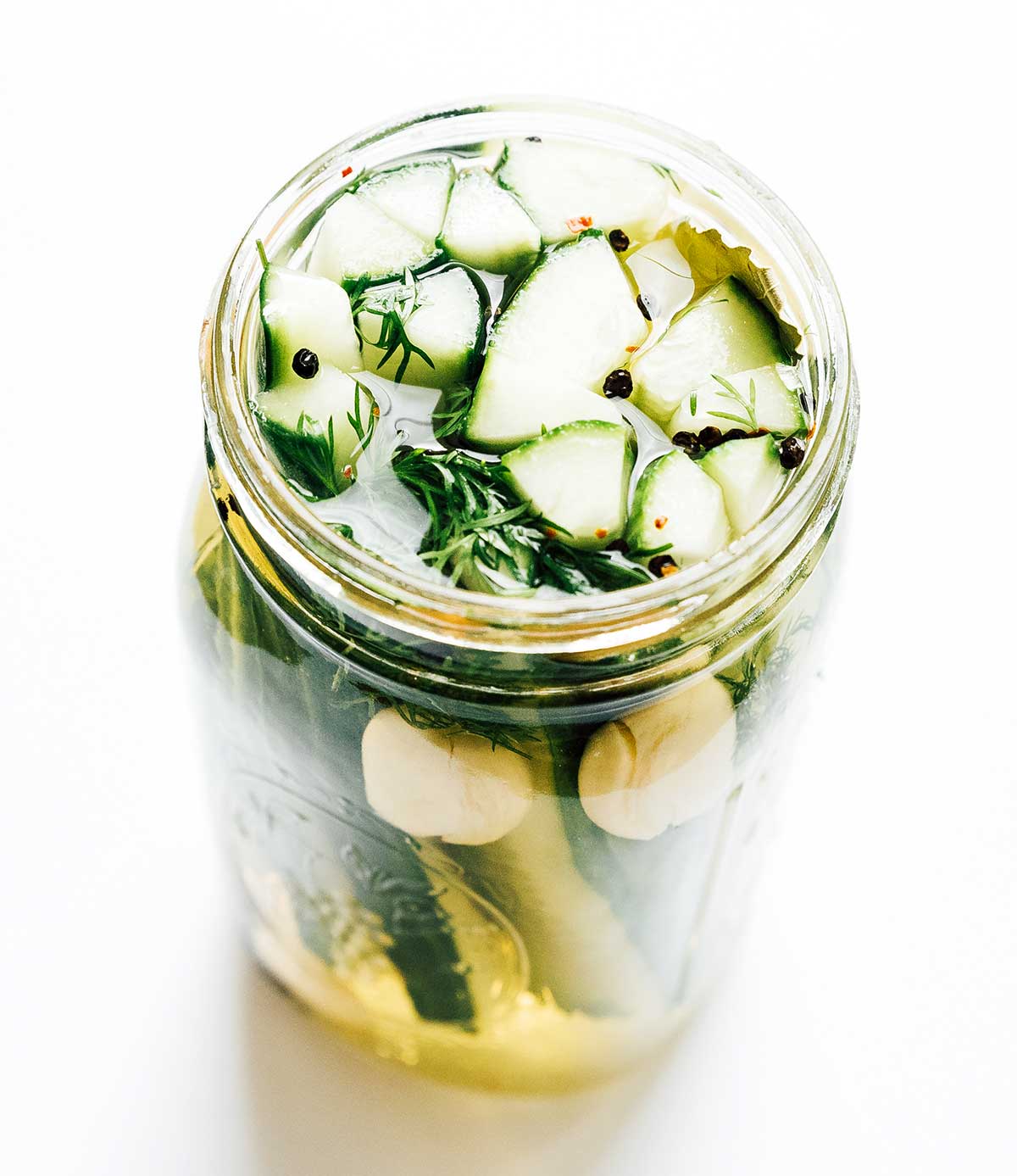
I couldn’t finish our pickling series without including the mother of all pickles…the classic refrigerator pickle recipe!
This is the perfect recipe to use if you find yourself with more cucumbers than you can eat, and it’s perfect for keeping on hand to enjoy alongside sandwiches (and grilled cheeses) (and tacos) (and on their own).
It involves pickling without boiling, instead requiring a no cook method of heating water and vinegar and adding it to a jar. Complete the recipe with some spices, and the cucumber slices are ready to marinate!
I personally love to use garlic and red pepper flakes for an end result that packs a slight punch. However, you can use whichever seasoning combo you’d prefer! Classic dill, spicy, garlic… whatever suits you! Let’s make some pickles!
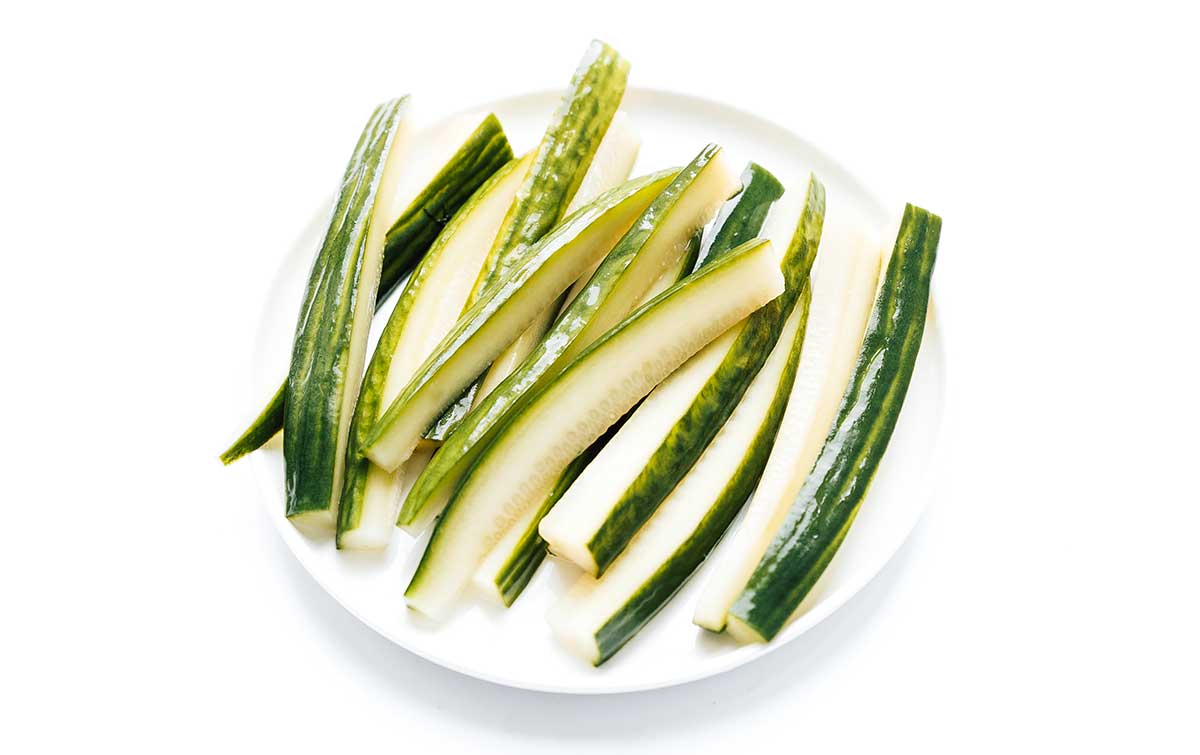
Ingredients for quick pickles
This recipe requires only four main ingredients: cucumbers, vinegar, water, and non-iodized salt. It can easily be doubled if you’re looking to keep a larger stash, or just particularly love to munch on pickles!
- Cucumbers: To make pickles, either 2 pickling cucumbers or one large English cucumber will work.
- Water: The base of the pickling mixture! If you don’t water down the vinegar, your pickles will be too tart.
- Apple Cider Vinegar: We prefer apple cider vinegar to marinate cucumber pickles, but you can also use white vinegar.
- Non-Iodized Salt: 1 tsp of non-iodized salt will help to add flavor to the pickles. Avoid iodized salt, which can cause discoloration.
- Optional Flavorings: Flavor options include 10 sprigs of fresh dill (equal to about 2 tsp chopped), 4 cloves of crushed garlic, 1 bay leaf, 1 tsp of whole black peppercorns, and/or a pinch of crushed red pepper (more for an extra spicy flavor).
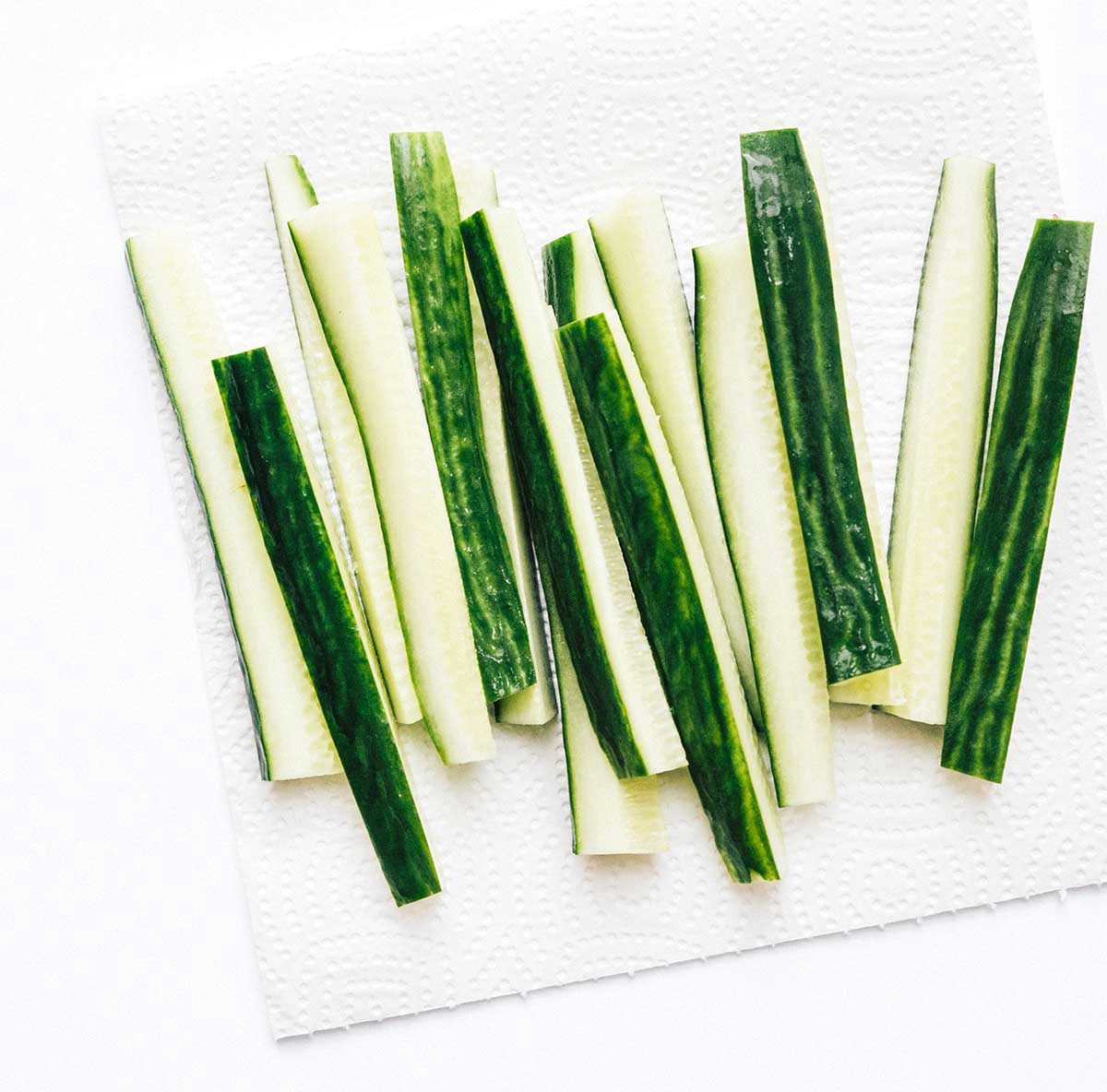
How to make easy refrigerator pickles
As with all of my pickling recipes, the directions include a simple 3-step process that’s ready in as little as 5 minutes.
After preparing the jars and letting them cool at room temperature, all you do is transfer them to the refrigerator, and wait! As the cucumber slices sit in the water, vinegar, and spices, they take on that delicious tangy pickle taste that we all love.
- Prep the cucumbers: Cut the cucumber(s) into spears or rounds. Whichever shape you prefer is fine. Add your chosen optional flavors to a lidded non-reactive container (like a glass jar or ceramic vessel – I used a 32-oz mason jar), then pack in the cucumber.
- Heat the liquid: Heat the water in either a kettle, the microwave, or on the stove until steaming hot. Stir in the salt until it dissolves, and then stir in the vinegar.
- Combine the ingredients: Pour the vinegar mixture over the cucumbers in the jar so that they’re covered (you may not need all of the liquid). Let them cool to room temperature, and then seal the jars shut and transfer them to the refrigerator. Let them pickle for at least one hour before digging in, optimally waiting a full 24 hours.
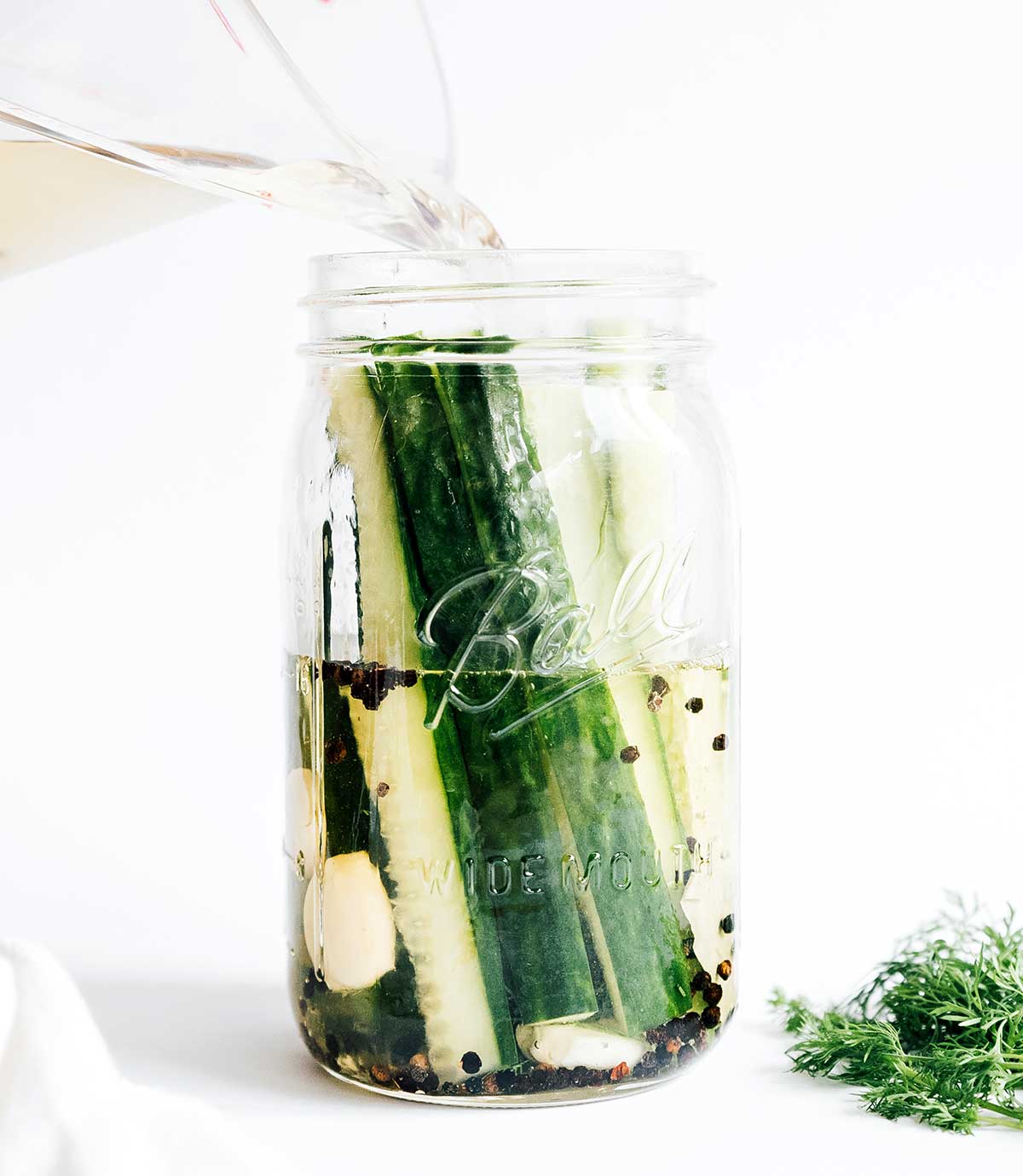
Tips for preparing pickles
Here are some preparation tips that will be helpful as you create your own homemade pickles!
Which cucumber should you use?
When choosing your cucumbers for this recipe, pickling cucumbers are best because they stay firm and crunchy in the brine. While English cucumbers will also work (and are often easier to find), they will become softer the longer they remain in the brine.
Can I use iodized salt?
I do not recommend this because it can make your pickled products turn dark and may effect the flavor. Non-iodized salt works best!
Can I add onion to the jars?
Of course! Adding onion is a great idea that’s sure to produce a delicious flavor. (Love onions? See our Quick Pickled Red Onions).
Why are pickles green?
During the pickling process, a chemical reaction takes place in the chloroplast and turns the pickles green. It’s a normal process and the reason you may notice your cucumbers have a more intense green color.
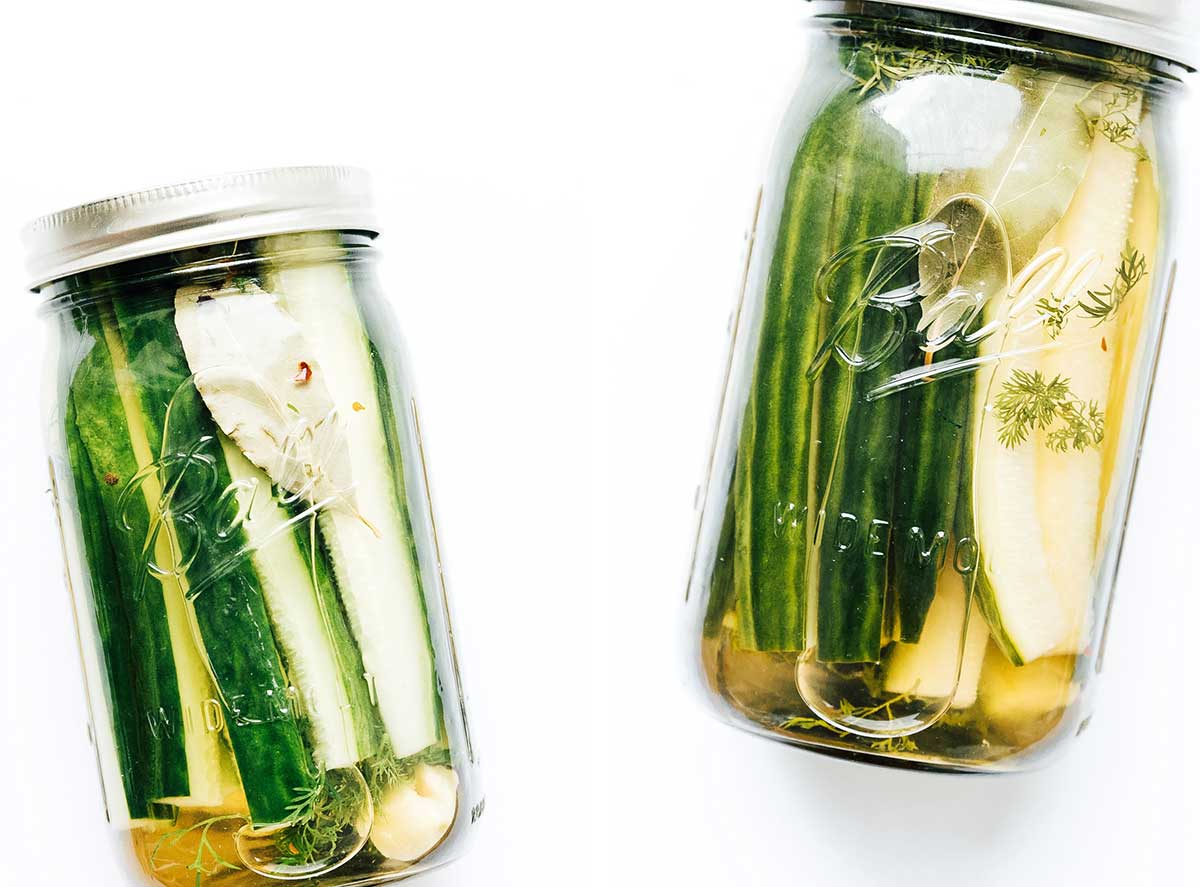
How to store
These pickles can be stored in their sealed glass containers for up to two weeks. Note: These pickles have not been tested for long-term canning storage. Be sure to follow the best USDA canning practices if canning for long-term storage.
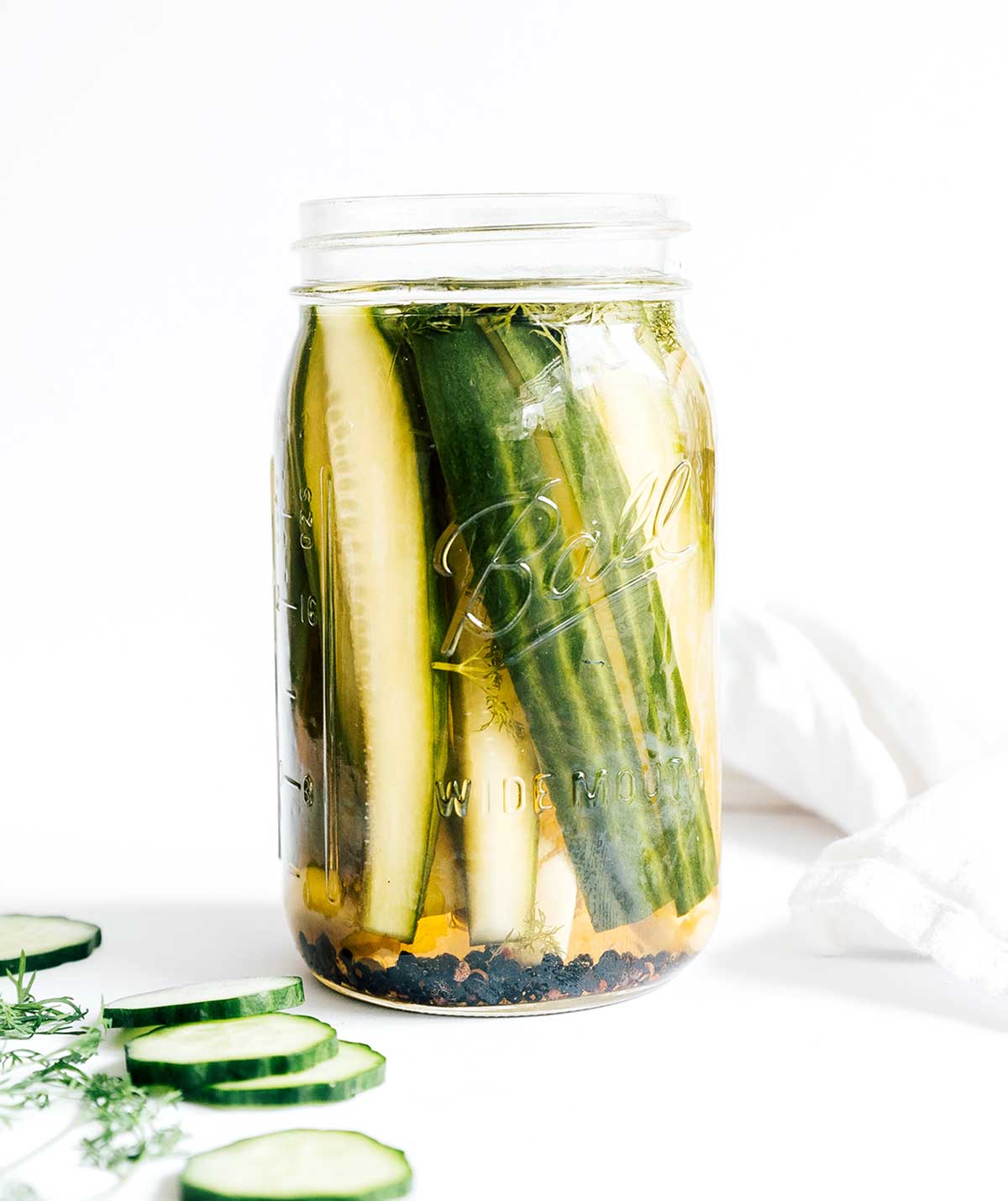
Dishes that need a side pickle
Sandwiches and soups are always better when they come with a pickle (or two)! Here are some yummy meals that you can enjoy alongside your homemade pickles.
- Buffalo Tempeh Sandwiches
- Fresh Tomato Soup with Basil
- Pressed Eggplant Sandwiches
- Quinoa Vegetable Soup
- Bulgur Falafel Wraps with Yogurt Tahini Sauce
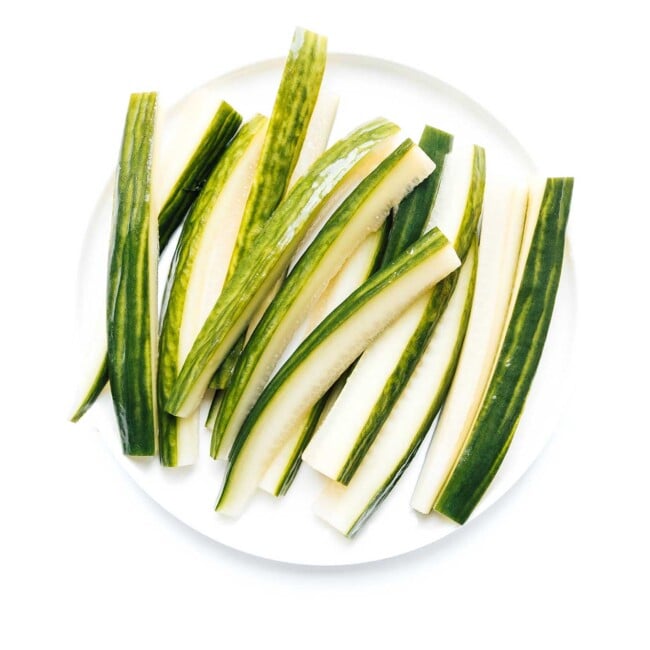
Ingredients
Core Ingredients
- 2 pickling cucumbers can sub 1 English cucumber, see notes
- 1 cup water 236 mL
- 1 tsp non iodized salt
- 1 cup apple cider vinegar can sub white vinegar, 236 mL
Optional Flavorings
- 10 sprigs fresh dill about 2 tsp when chopped
- 4 cloves garlic crushed
- 1 bay leaf
- 1 tsp whole black peppercorns
- Pinch crushed red pepper flakes
Instructions
- Prep: Cut cucumber into spears or rounds. Add your chosen optional flavors to a lidded non-reactive container (like a glass jar or ceramic vessel – I used a 32-oz mason jar), then pack in cucumber.
- Liquid: Heat water in either a kettle, the microwave, or on the stove until steaming hot. Stir in salt until dissolved. Stir in vinegar.
- Combine: Pour vinegar mixture over cucumbers so that they are covered (you may not need all of the liquid). Let cool to room temperature, then seal shut and transfer to the refrigerator. (Let pickle for at least 1 hour before digging in, optimally 24 hours.)
Tips & Tricks
- Which cucumber should you use? Pickling cucumbers are best because they stay firm and crunchy in the brine. English cucumbers will also work, though they will become softer the longer they remain in the brine.
- Do not use iodized salt, which can cause your pickled products to turn dark.
- Store in the fridge for up to 2 weeks.
- Not tested for long-term canning storage. Be sure to follow best USDA canning practices if canning for long-term storage.
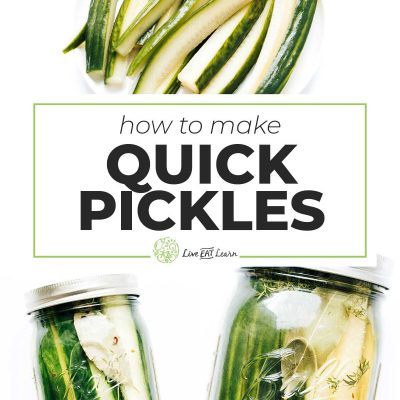
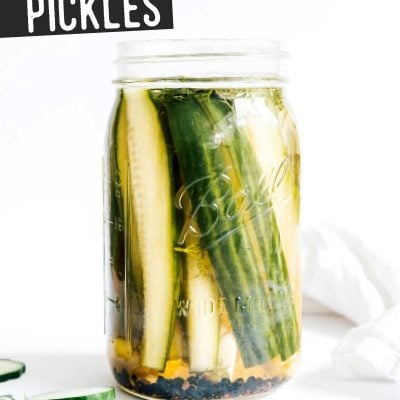
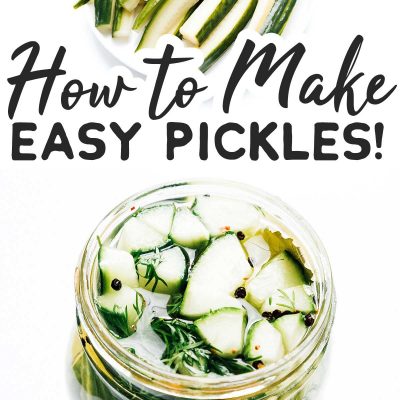
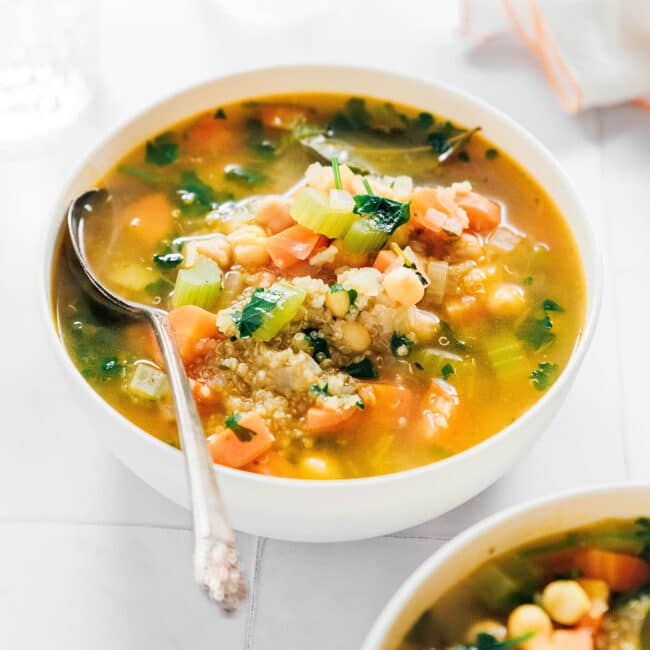
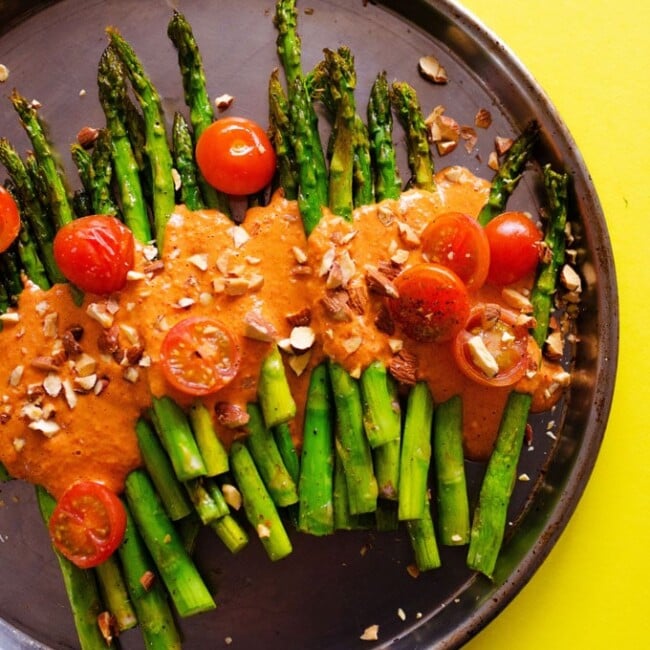
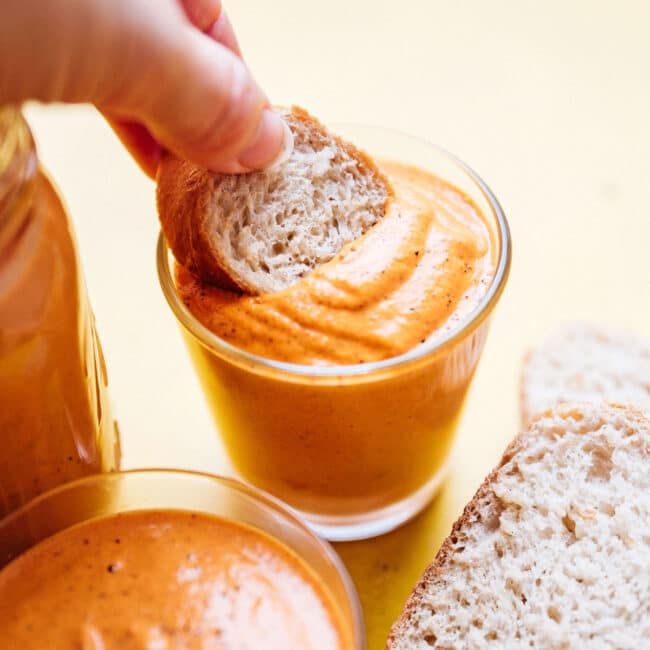
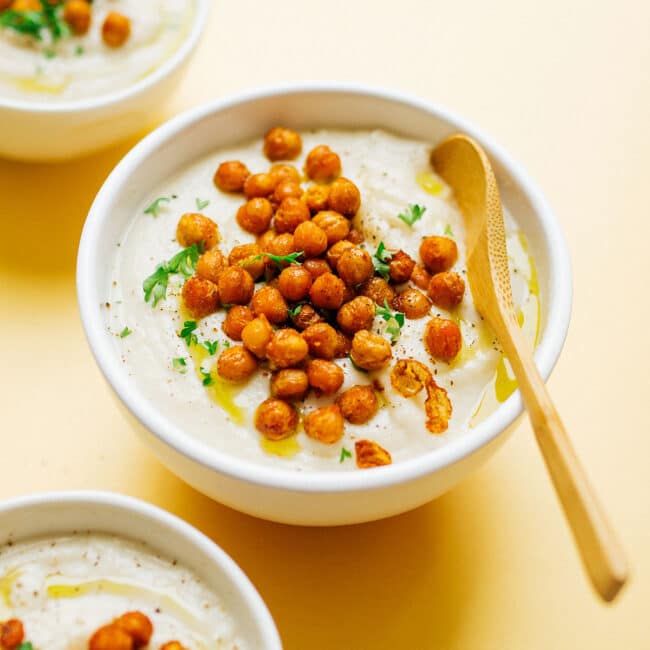
john wilson says
I made a batch of your refridgerator pickles,I used an old ceramie jar I bought at a thrift store.
I added garlic to the mix and checked the second day and the Garlic TURNED BLUE ! is this a safety problem because of the old ceramic jar leaching lead? please let me know if you find anything out on this subject. thank you
Sarah says
This is a normal reaction garlic can have in the pickling process. Totally fine and should be safe to eat! 😀
dominic green says
Hi will this keep in a cool dark cupboard also?
Sarah says
I haven’t tried this so I can’t say for sure. I would keep it in the fridge to be sure!
Sandy says
I’m making your pickles right now. Added all your seasonings plus a pinch of turmeric and sliced onion. 😁 I Hope they will be tasty!
Sandy says
I tasted my pickles I made yesterday. They are delicious! Thank you for the recipe
Jenn says
Do I have to put them in an airtight seal jar? Can I use a plastic or glass Tupperware with a snap closing ?
Sarah Bond says
Yes that would be fine!
Helen says
Can you put the pickles in a “bath” for 15 minutes to can and store on the shelf?
Sarah Bond says
I haven’t tried this with this recipe, but I think it would work here!
Karen Davis says
Easy
Regina says
Can I use less vinegar?
Sarah Bond says
You could, but it might be difficult to get the vinegar to cover the cucumbers completely!
Melody says
I can’t wait to try this recipe! Can I leave out the salt? Thanks!
Sarah Bond says
You can, but it probably won’t last as long in the fridge without it!
evelyne says
I tried the recipe with field cucumbers (instead of pickling cucumbers) because I had just harvested a few. I was pleasantly surprised that they stayed firm, but they became too sour to eat without mixing them with something else… Do you think decreasing the amount of vinegar would work in that case? Is there a trick to balance the sourness?
Sarah Bond says
Yes that would work, or adding a touch of sugar! 😀